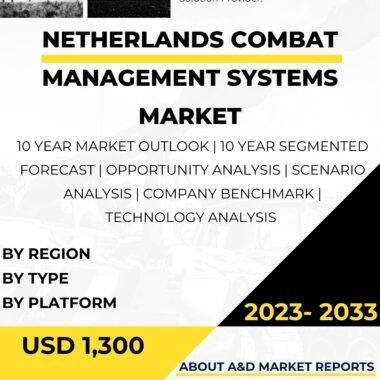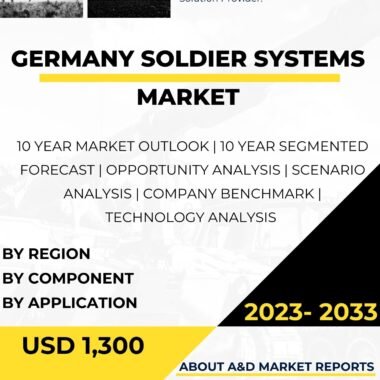Description
The military communication market in Japan has become increasingly important in recent years as the nation focuses on enhancing its defense capabilities and modernizing its armed forces. Effective and reliable military communication is crucial for maintaining command and control, situational awareness, and coordination among defense forces in various operational scenarios. As Japan faces evolving security threats and regional tensions, the demand for advanced military communication solutions has grown, leading to increased research, development, and investment in this field.
Military communication systems in Japan encompass a wide range of technologies, including radio communication, satellite communication, data networks, tactical communication, and encrypted communication. These systems are used by the Japan Self-Defense Forces (JSDF) to ensure seamless and secure communication across all military branches and operational theaters.
One of the primary applications of military communication in Japan is in joint and combined operations. Effective communication is essential for coordinating activities among the Ground, Maritime, and Air Self-Defense Forces, ensuring that they can operate as a unified and highly coordinated force.
Moreover, military communication systems play a crucial role in intelligence, surveillance, and reconnaissance (ISR) missions. These systems enable real-time data transmission from various sensors, UAVs, and surveillance platforms, providing military commanders with critical situational awareness and actionable intelligence.
In addition to supporting domestic defense operations, military communication in Japan also plays a role in international peacekeeping and humanitarian missions. Effective communication is vital for coordinating efforts with allied nations and partner organizations, ensuring efficient cooperation and mission success.
As Japan emphasizes indigenous defense capabilities, the domestic production and development of military communication systems have seen substantial growth. Collaborations between the government, defense industry, and research institutions have fostered innovation, leading to the creation of advanced communication platforms tailored to Japan’s specific defense requirements.
Japan’s alliance with the United States has also played a significant role in the development of its military communication capabilities. Through this partnership, Japan has access to advanced technologies and expertise, contributing to the modernization of its defense forces and enhancing interoperability with allied nations.
The military communication market in Japan also benefits from advancements in satellite communication, data encryption, and network security. Manufacturers have leveraged these developments to create communication systems that offer high data rates, improved reliability, and robust cybersecurity features.
However, the military communication market in Japan also faces challenges related to interoperability, spectrum management, and cyber threats. Ensuring interoperability among different communication systems and platforms is crucial for seamless information exchange and effective joint operations.
Additionally, managing limited spectrum resources is essential to prevent signal interference and congestion in communication networks.
Addressing cyber threats is also a top priority, as military communication systems are attractive targets for adversaries seeking to disrupt communications, intercept sensitive data, or launch cyber attacks.
In conclusion, the military communication market in Japan has witnessed significant growth and strategic importance, driven by the nation’s focus on enhancing its defense capabilities and modernizing its armed forces. Military communication systems provide critical capabilities for command and control, intelligence, surveillance, and coordination among defense forces, making them integral to Japan’s defense strategy. The collaboration between the government, defense industry, and research institutions, as well as international partnerships with allied nations, fosters innovation and contributes to the growth of the domestic military communication market. Addressing challenges related to interoperability, spectrum management, and cyber threats is crucial for further enhancing Japan’s military communication capabilities and ensuring the reliable and secure communication infrastructure necessary for effective defense operations. With its strategic focus on enhancing indigenous defense capabilities, Japan remains committed to leveraging advanced military communication technologies to enhance its defense capabilities and contribute to regional and global security.




